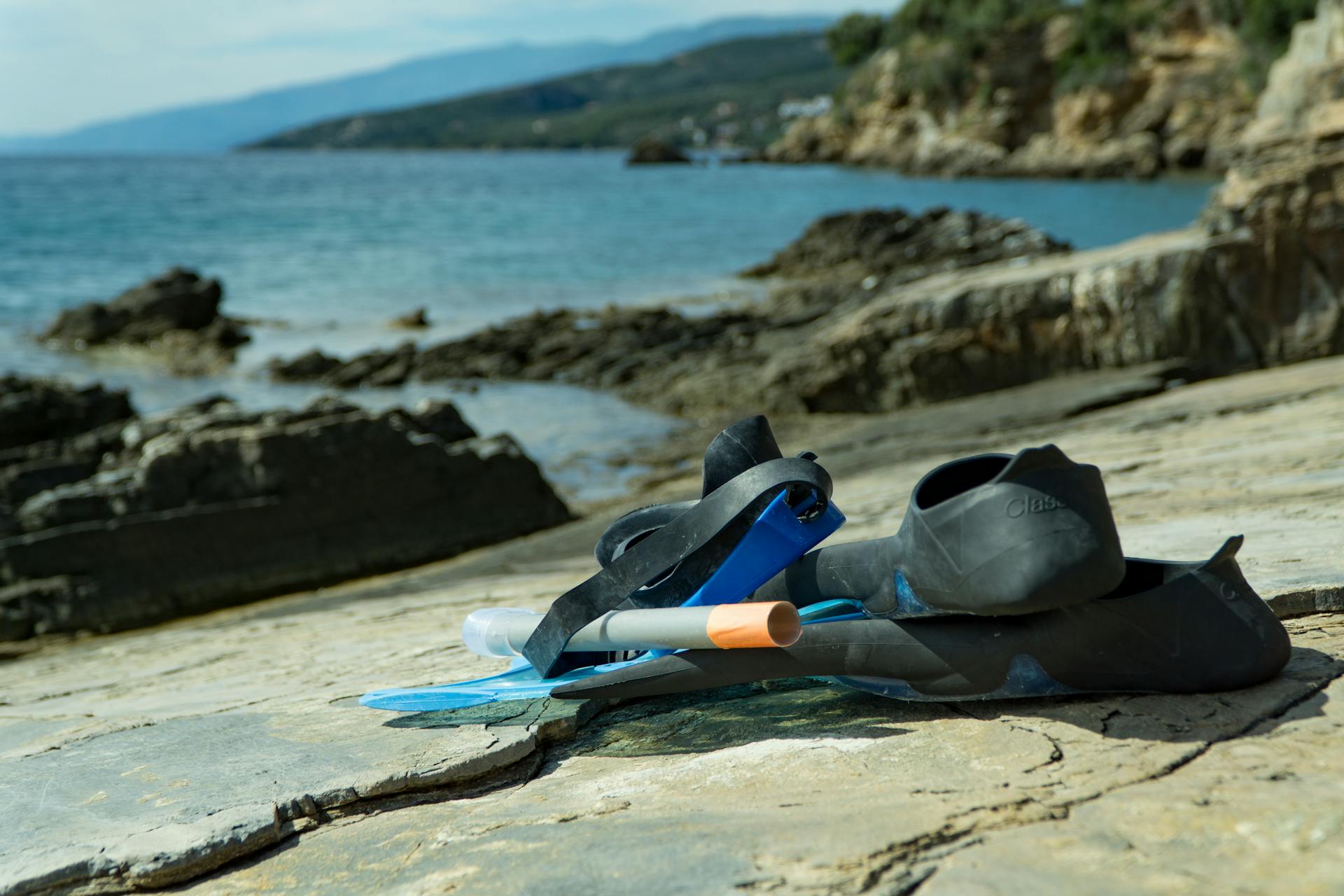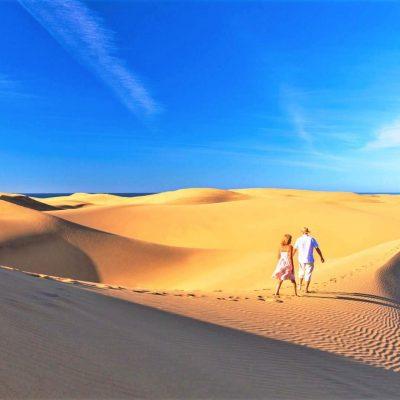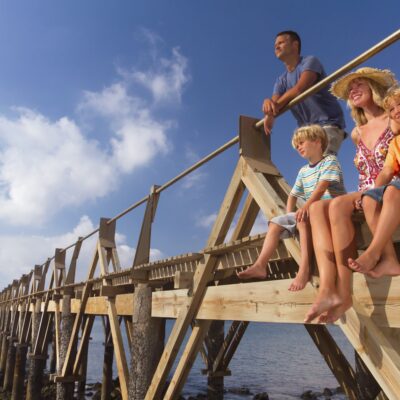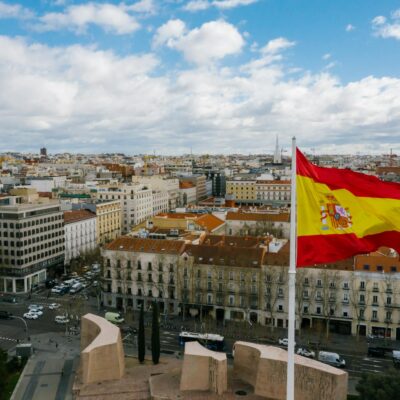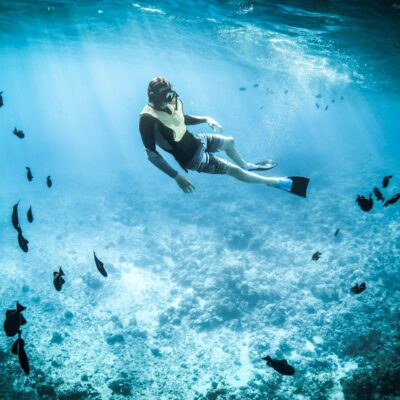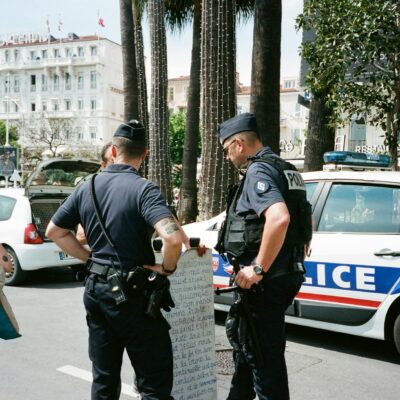Gran Canaria is one of the easiest places in the Canary Islands to enjoy clear water, colorful reef life and safe beach entries. The island has sheltered lagoons, natural pools, rocky reefs and spots with excellent visibility in summer and early autumn. This guide shows you the best snorkeling beaches in Gran Canaria, where to go for beginners, how to choose the right conditions and what marine life you can expect to see.
Contents
- Top 7 Snorkeling Spots in Gran Canaria
- Gran Canaria Snorkeling Map (North, East, South, Southwest)
- Best Snorkeling Beaches by Region
- Seasonal Conditions and Water Temperature
- What You Will See
- Beginner and Family Friendly Snorkeling
- Gear and Comfort
- Safety Essentials
- Mini Snorkeling Itineraries
- Frequently Asked Questions
- Responsible Snorkeling
Top 7 Snorkeling Spots in Gran Canaria
If you want a quick list of the best places to snorkel, start here:
- Las Canteras (La Barra reef) – calm lagoon-like conditions at the right tide
- Risco Verde, Arinaga – clear water and steady fish life in summer
- Playa del Cabrón – the most marine-rich area, best on calm days
- Playa de Amadores – sheltered and perfect for beginners
- Puerto de Mogán – easy entry and good visibility near the rocks
- Anfi del Mar – gentle beach with small reef sections
- Sardina del Norte – excellent clarity and a chance of rays
Gran Canaria Snorkeling Map (Text Overview)
Here is a simple breakdown of where the island’s main snorkeling areas are located:
North
- Sardina del Norte
- Puerto de las Nieves
- El Puertillo natural pools
East
- Risco Verde, Arinaga
- Zoco Negro sea pool
- Playa del Cabrón reef
South and Southwest
- Playa de Amadores
- Puerto de Mogán
- Anfi del Mar
Las Palmas City
- Las Canteras beach and La Barra reef
- El Confital
Best Snorkeling Beaches by Region
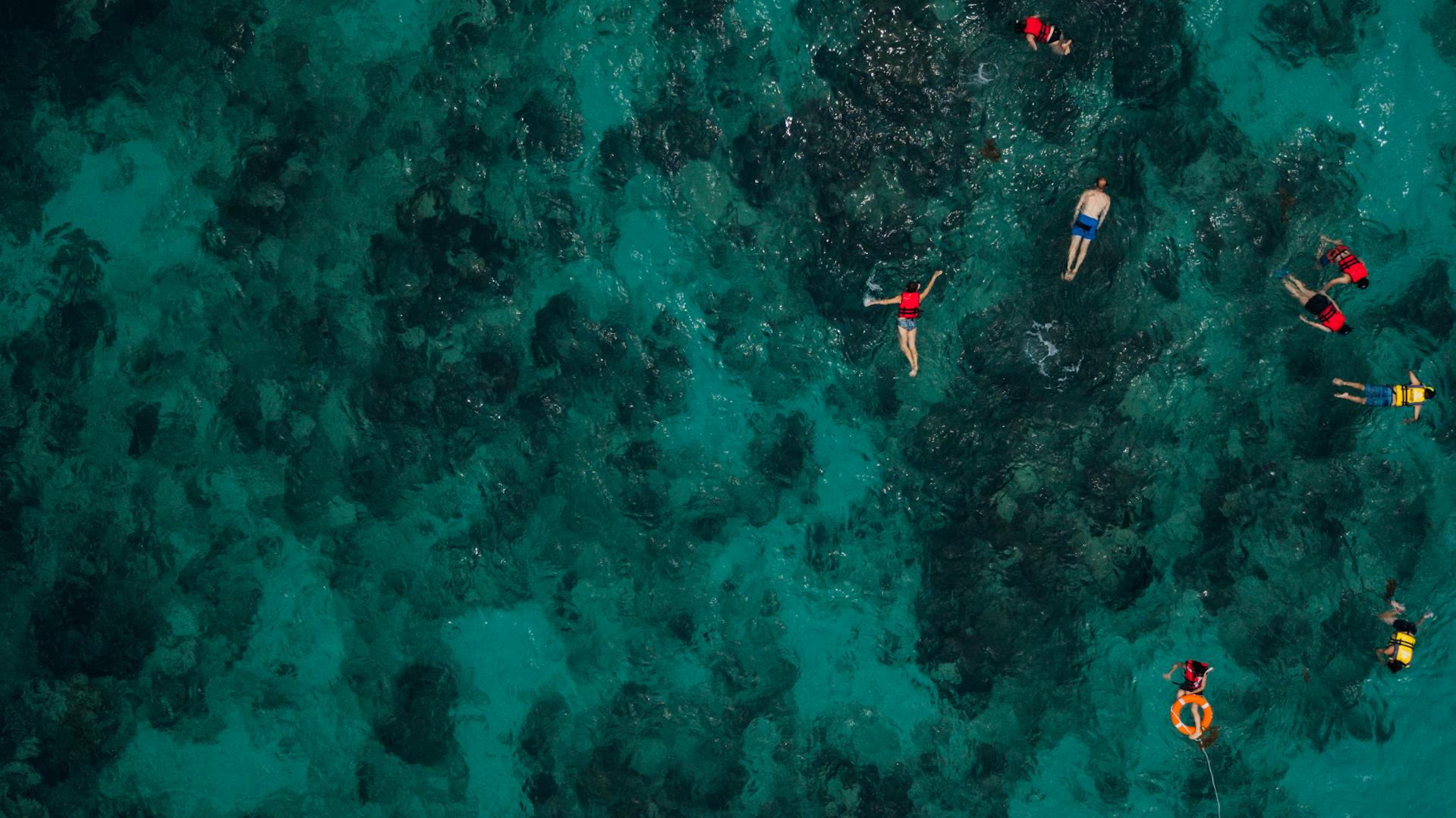
Las Palmas and Northeast
Las Canteras, La Barra reef
One of the best urban snorkeling beaches in Spain. A long natural rock reef creates calm water at the right tide. The southern section near Playa Chica is especially good for first timers.
- Best tide: mid to low tide for protected conditions
- What you will see: parrotfish, damselfish, wrasse and sometimes octopus
- Tip: mornings have less wind and better visibility
El Confital
Very clear water on calm days with rocky shelves and deeper blue sections. Avoid if there is swell or strong wind.
East Coast (Arinaga and Marine Reserve)
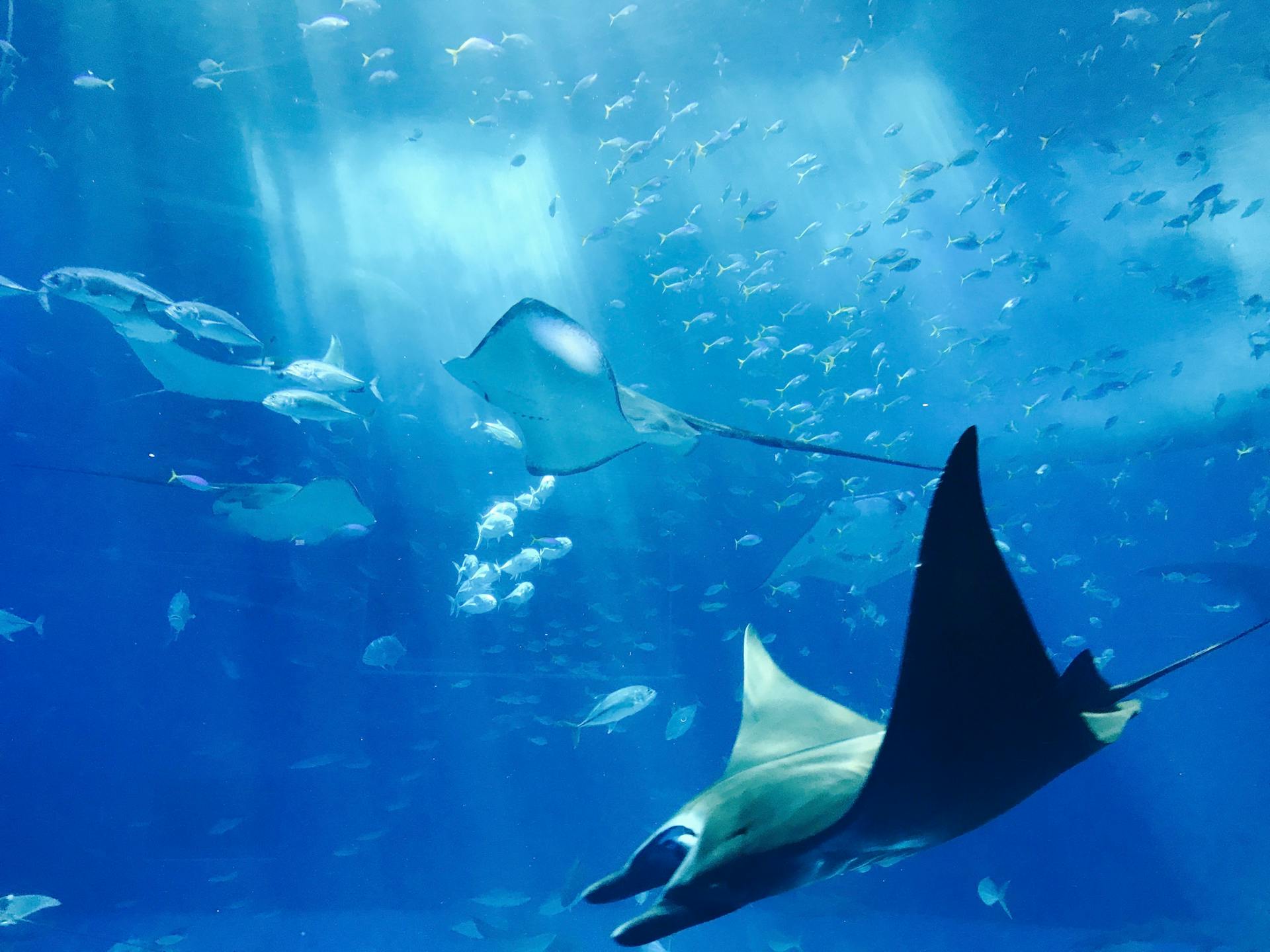
Risco Verde, Arinaga
Easy access into a rocky reef with reliable visibility during summer and early autumn. Small shoals gather near the edges of the reef.
- Watch your step: sea urchins are common on the rocks
Zoco Negro sea pool
A calm man-made pool filled with marine life. Its sheltered shape makes it one of the easiest snorkeling spots on the island.
Playa del Cabrón (Marine Reserve)
The richest underwater area in Gran Canaria. Expect arches, volcanic shelves and many species of reef fish. Access is along a rough track and conditions must be calm.
South and Southwest

Playa de Amadores
Breakwaters create a shallow, protected bay. Follow the rocks along the left arm for colorful fish. This beach is one of the best options for children and first-time snorkelers.
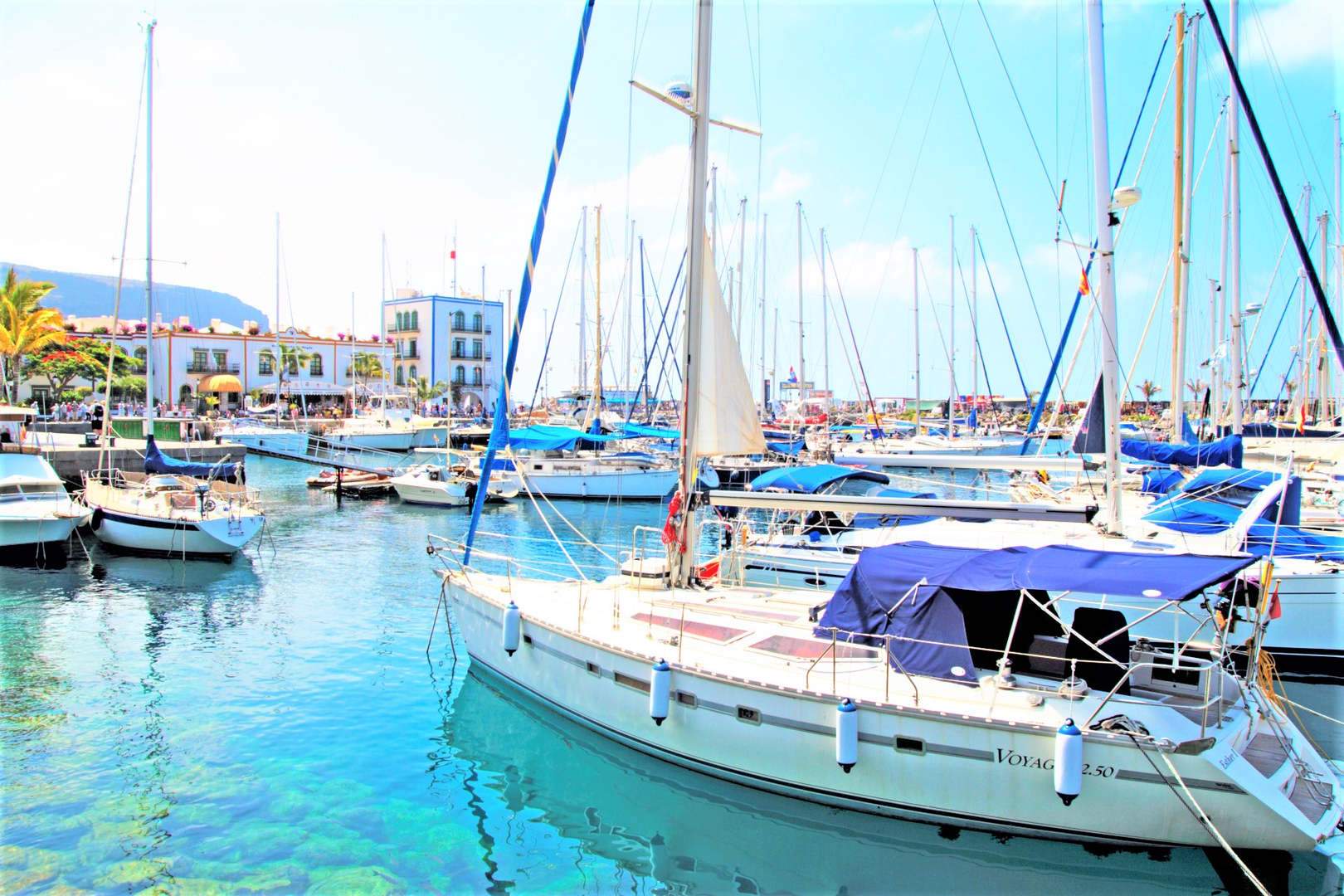
Puerto de Mogán
Walk to the far-left rocky corner of the beach to find clear water and friendly fish. Visibility is often high in calm weather.

Anfi del Mar
Very gentle sandy entry with reef sections close to the breakwaters. A great confidence builder for beginners.
North and Northwest
Sardina del Norte
A favorite among divers and snorkelers due to excellent clarity. At times, rays glide over the sandy patches near the jetty.
Puerto de las Nieves, Agaete
Sheltered swim zones offer a mix of rocky corners and sandy bottoms. Stay well inside the buoy lines and away from boat lanes.
El Puertillo natural pools
A reliable backup when the north is rough. The natural pools shelter colorful fish and are ideal at mid tide.
Seasonal Conditions and Water Temperature
- August to October: warmest water and best visibility
- June to July: good conditions with moderate water warmth
- November to May: cooler water and more swell, choose sheltered beaches
- Time of day: mornings are usually calmer, afternoons can get windy
Water temperatures range from about 18 to 19 degrees in winter to around 24 to 25 degrees in late summer.
What You Will See

Gran Canaria has colorful reef life year round. Common sightings include:
- Parrotfish (vieja)
- Ornate wrasse
- Damselfish
- Salema and bream
- Trumpetfish
- Cuttlefish and octopus
Rays are possible on calm days, especially over sandy areas in the north and east.
Beginner and Family Friendly Snorkeling

The easiest beaches for beginners and children are:
- Playa de Amadores
- Anfi del Mar
- Puerto de Mogán
- The protected lagoon behind La Barra at Las Canteras (at the right tide)
These locations offer shallow water, easy entries and calm conditions most of the year.
Gear and Comfort
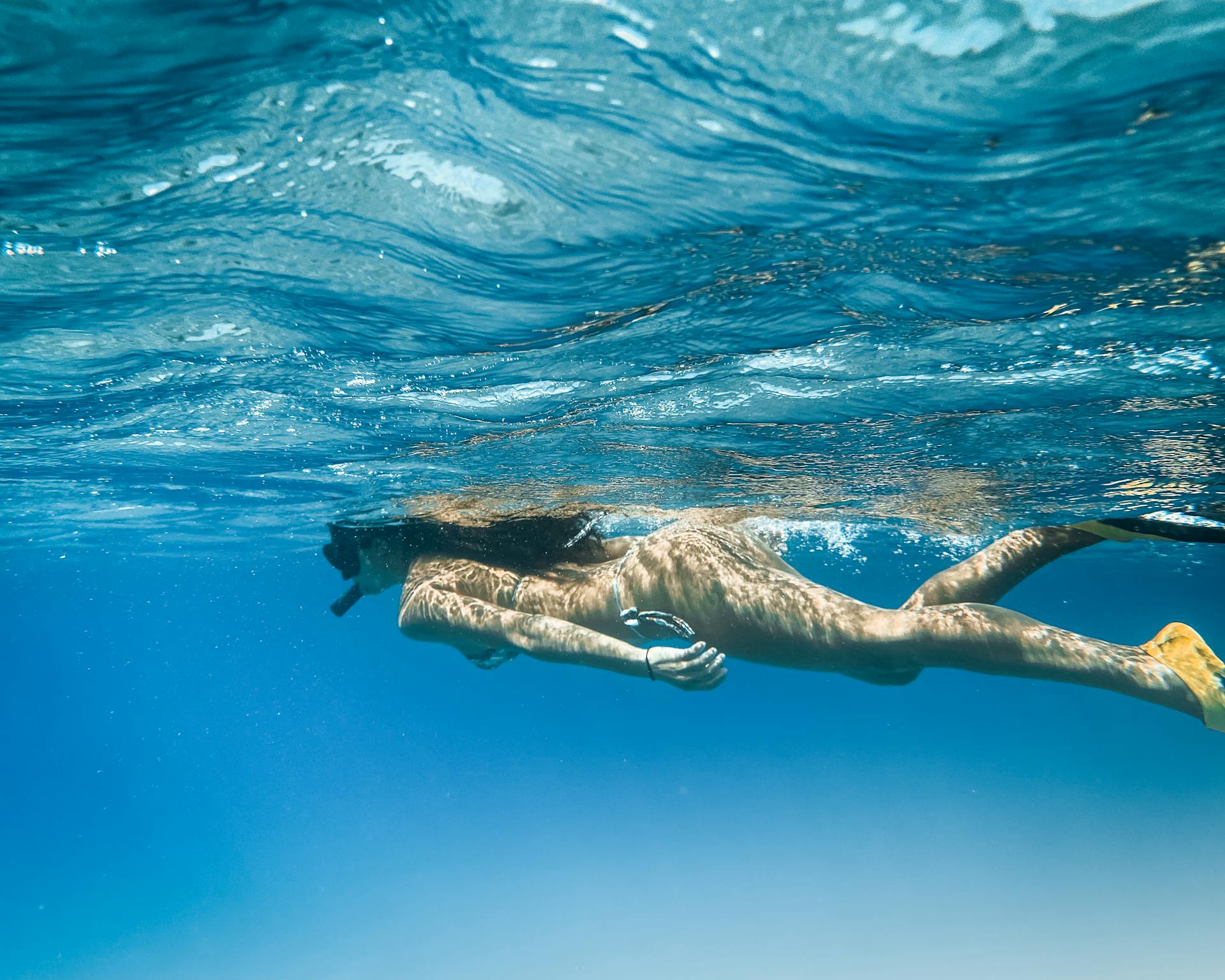
- Mask and snorkel: choose a low-volume mask with a good seal
- Fins: short fins are best for easy entries
- Exposure protection: rash guard in summer and a two to three millimeter suit in winter
- Footwear: neoprene booties help on sharp lava rock
- Sunscreen: use reef-safe formulas
- Safety float: makes you more visible in open water
Safety Essentials
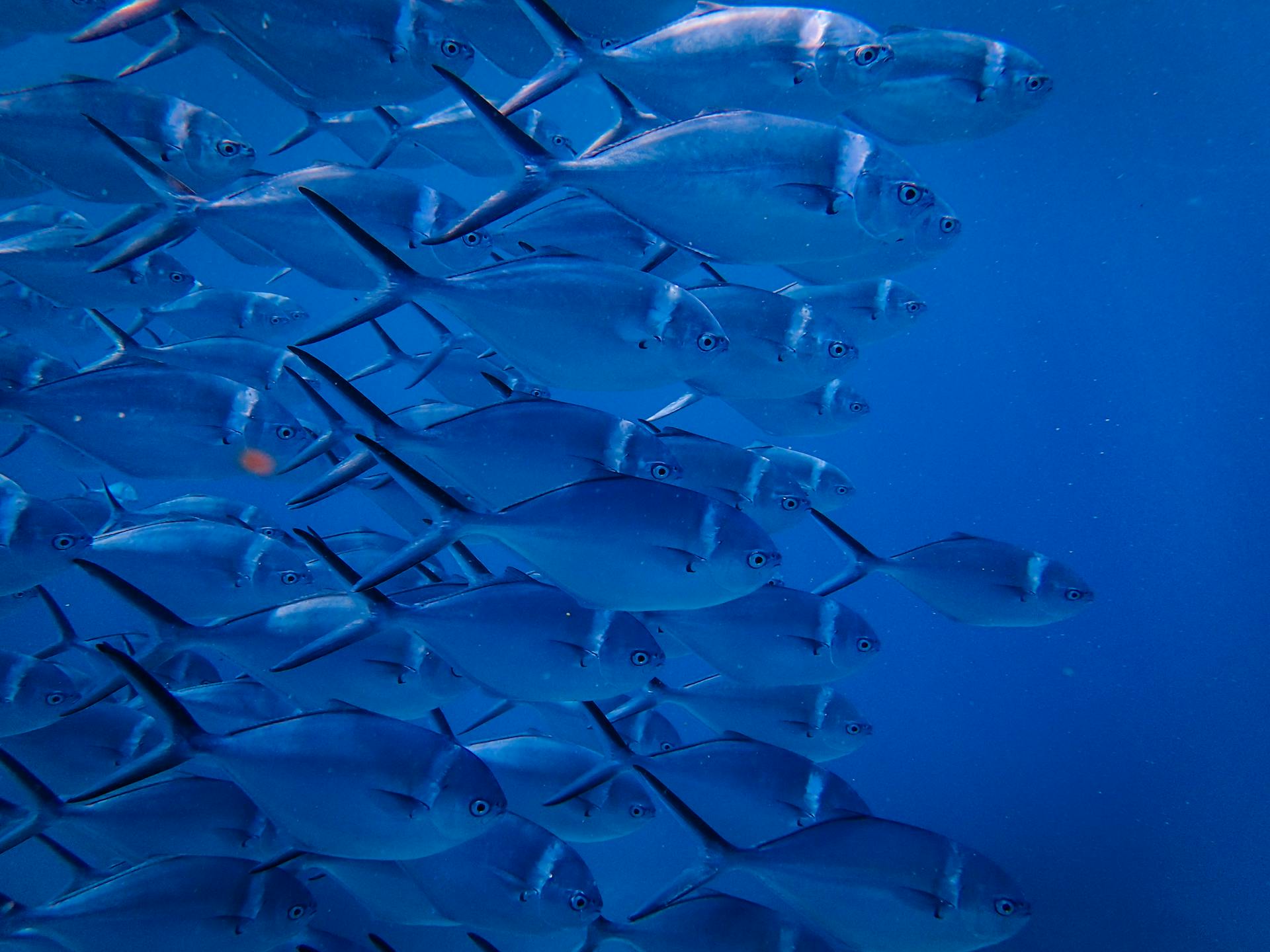
Snorkeling in Gran Canaria is easy and enjoyable, but conditions can change quickly. The following safety advice helps keep your experience safe and predictable.
- Check beach flags on lifeguarded beaches. Red means no swimming and conditions can be dangerous even if the water looks calm.
- Watch for currents. Many beaches have gentle waves near the shore but stronger currents near rocky points or open water. If the water pulls you sideways or seaward, turn back immediately.
- Never enter water near surge channels. These narrow rock corridors can create powerful water movement that is difficult to escape.
- Avoid rocky entries during swell. Waves can knock you onto sharp lava rock. If waves are breaking on the rocks, choose a sandy entry.
- Stay inside swim zones. Marked areas keep you away from boats and jet skis. Never cross into boat lanes or harbor entrances.
- Keep a safe distance from cliffs and breakwaters. Waves can rebound off walls with unpredictable force.
- Look before you step. Sea urchins hide in cracks and can be painful if stepped on. Neoprene booties prevent most injuries.
- Check for jellyfish or Portuguese man o war. Ask lifeguards or look for warning signs. Their stings can be painful and currents may bring them into beaches without warning.
- Use a bright safety float if you snorkel outside shallow areas. It helps you stay visible to boats and other swimmers.
- Do not snorkel alone at remote reefs. Always tell someone your plan and estimated return time.
- Stay within your limits. If visibility drops, if the water becomes choppy or if you feel tired, exit the water calmly.
- Enter and exit slowly. Walk backward in shallow water with fins on. Waves can make entry tricky if you rush.
Important Disclaimer
Sea conditions can change throughout the day and vary by location. All information in this guide is general and may not reflect real time conditions. Always follow local signs and lifeguard instructions. The final decision to enter the water is your own responsibility. If in doubt, do not enter the sea.
Mini Snorkeling Itineraries
Easy Southwest Sampler
Start at Amadores, move on to Puerto de Mogán for a snorkel along the rocks, enjoy a relaxed lunch in the port and finish with a calm swim at Anfi del Mar.
East Coast Reef Day
Begin at Risco Verde in the morning, have lunch in Arinaga and finish with a relaxed dip in the Zoco Negro sea pool.
Las Palmas Without a Car
Snorkel at Las Canteras around mid to low tide, have lunch near La Puntilla and walk towards the El Confital viewpoint for sunset.
Frequently Asked Questions
Is Gran Canaria good for beginners?
Yes. Several beaches have sheltered water and easy entries.
Where is the clearest water?
Often in the southwest coves such as Mogán and Amadores, and on calm days around Arinaga.
Do I need a wetsuit?
You may want one in winter. In summer a rash guard is usually enough.
Can I see turtles or rays?
Rays are possible in sandy areas. Turtles are occasional visitors but not guaranteed.
Is snorkeling possible in winter?
Yes, but choose protected beaches during swell or windy days.
Responsible Snorkeling
- Do not touch or feed marine life
- Keep fins away from seagrass meadows
- Use reef safe sunscreen
- Avoid standing on living rock or coral
- Take all waste with you

